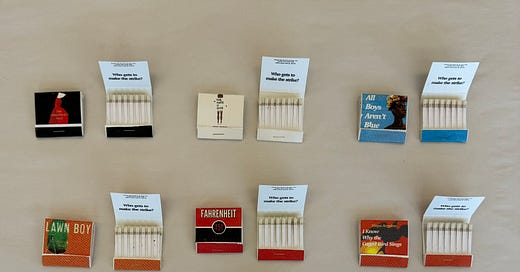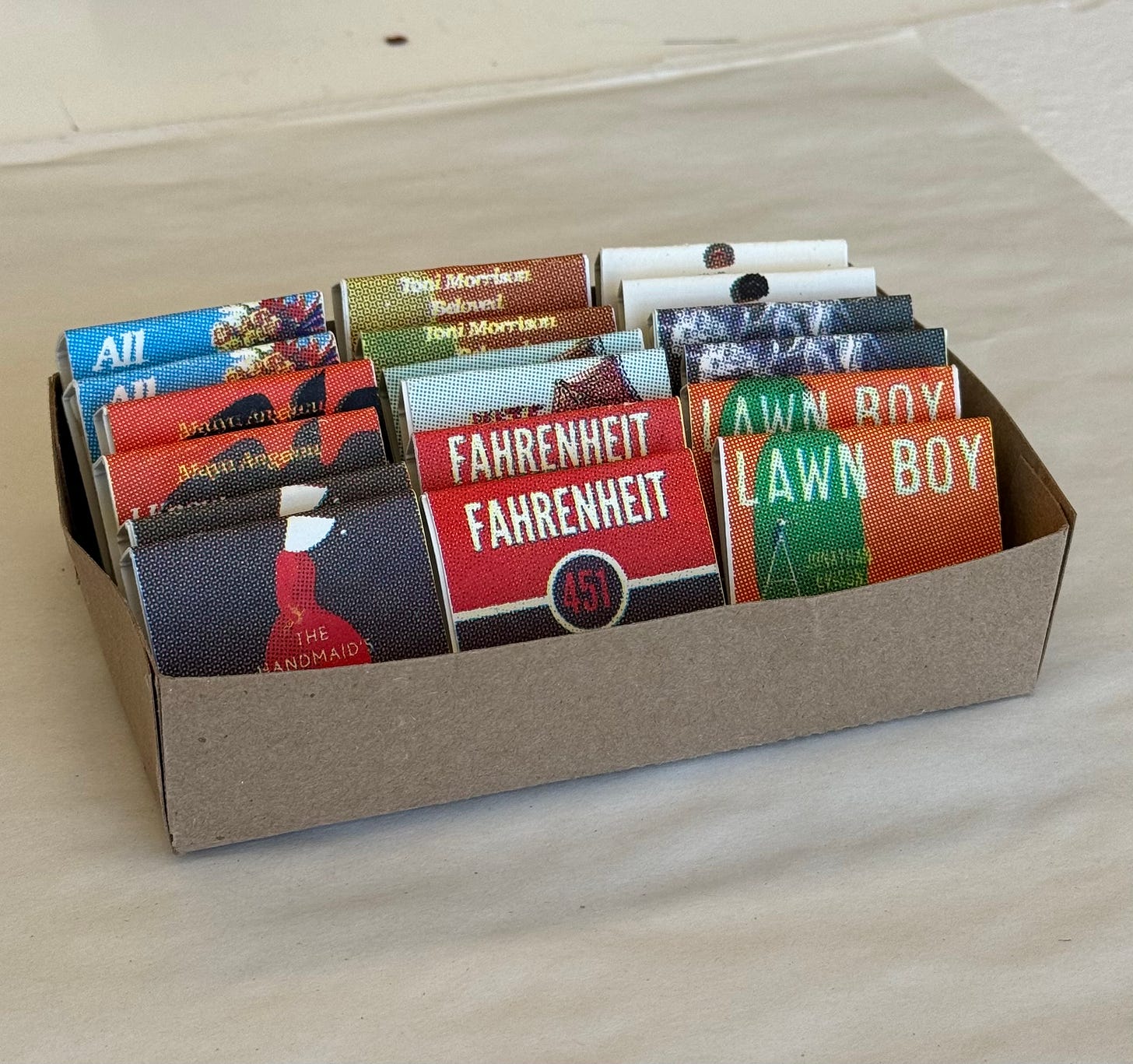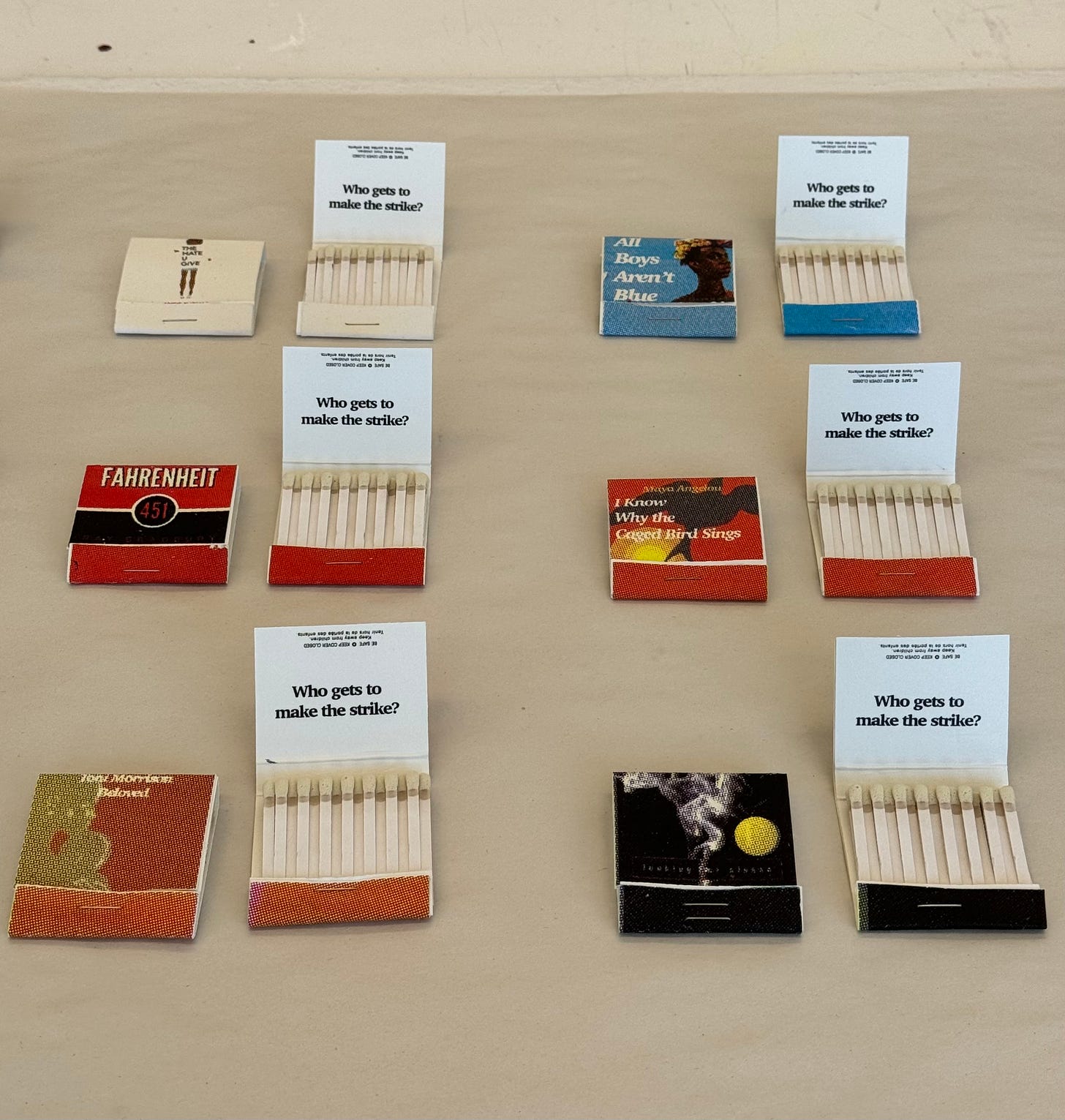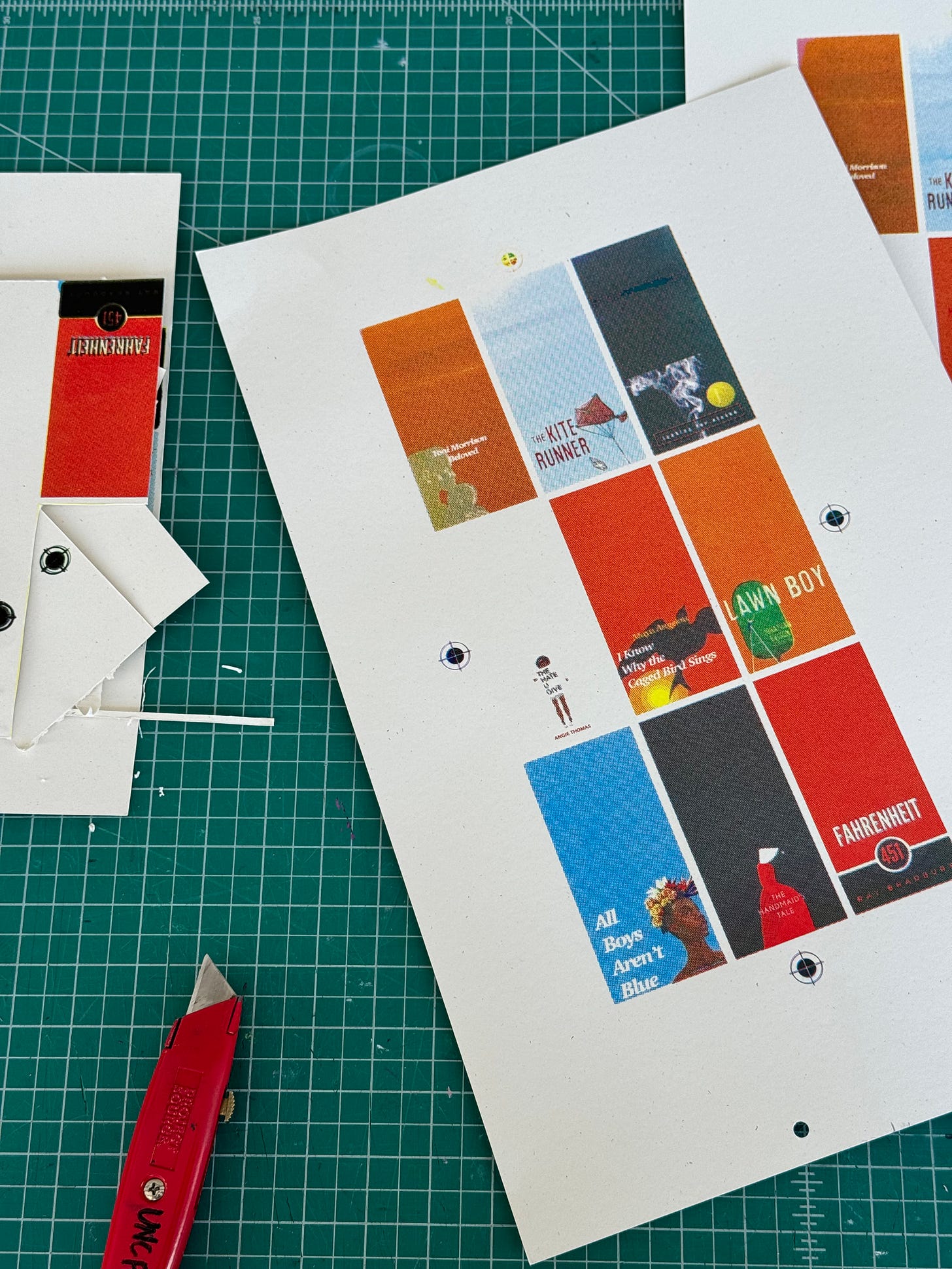What comes to mind when you think of banned books? Do you picture books filled with secrets the government never intended for your eyes to lay upon? Or what about books so horrible, so grotesque, so atrocious that if you were to even look at its cover, your eyes would burst into flames?
Yeah, that’s what I thought too. Turns out, that’s not quite it.
Today, “private individuals, government officials, or organizations remove books from libraries, school reading lists, or bookstore shelves because they object to their content, ideas, or themes.”
Book banning is the most widespread form of censorship.
The practice of book banning is nothing new. It began in 1637 when Thomas Morton, an early colonist in North America, published a book that the Puritan government felt threatened by. So what did they do? They banned it. The book was considered a harsh and heretical critique of Puritan customs and power structures. Obviously, anything that critiques you should NEVER be seen by anyone else. All governments are perfect! *Satire*
Ahh yes, the good ol’ “I don’t like what you’re saying, so I’m not gonna let anyone else hear it.”
So, I ask you,
Is the banning of books a good thing? Are there certain things that shouldn’t be seen if it can be helped?
Is it a bad thing? Does your freedom of choice and speech become limited?
Is it somewhere in the middle?
These are the questions I stimulate through my piece, Who gets to make the strike?” (2024).

This edition served as the submission for my screen printing class. The assignment was the create a piece using appropriated content redesigned to have an alternate meaning. So, that’s what I did. I put it in my brain that I was going to create a set of matchboxes with the covers of banned books. I created a set of 9 boxes per edition, containing books with content ranging from racial to LBGTQ+ themes. I spent over 30 hours creating these.
The process? I’m so glad you asked. If you don’t know anything about screen printing, let me give you the short: I created new versions of the book covers that would fit on the cover of a matchbox. The dimensions are now burned into my brain. I burned my image into a screen and then ran ink (cyan, magenta, yellow, black)… otherwise known as CMYK). After disassembling 50 matchboxes, I cut each matchbox cover and flattened the cover to the matchbox. I then screen printed my CTA on the inside of the cover “Who gets to make the strike?” Get it? Strike? Anyhow, I digress.
As far as skills go, I really challenged myself by becoming besties with photoshop. We got real close, and I mean, really close.
I’m really proud of my work and am looking forward to conceptualizing the projects to come!






